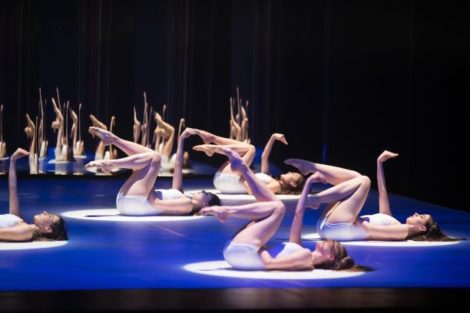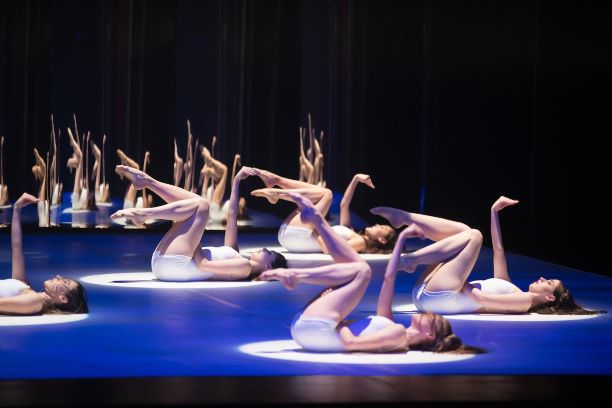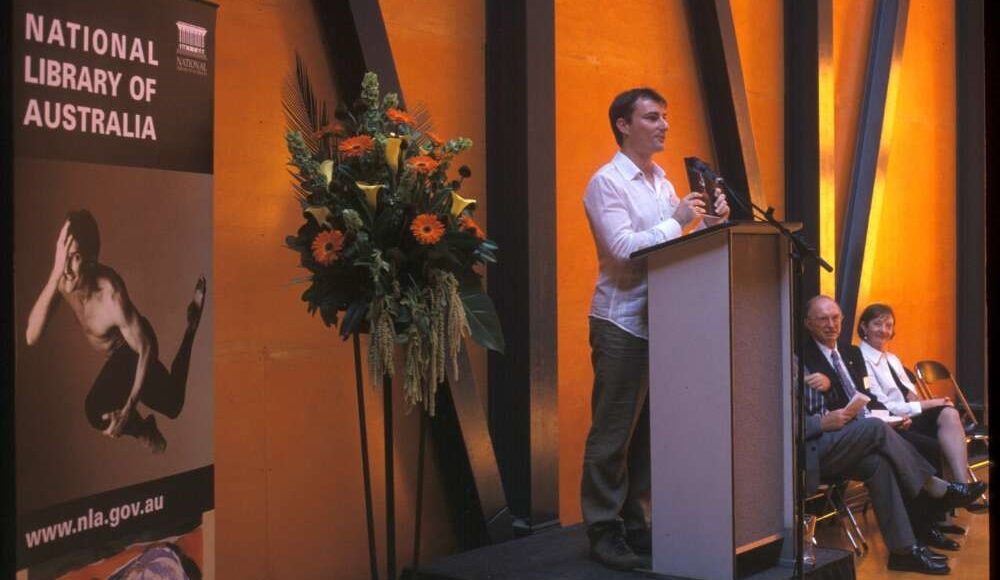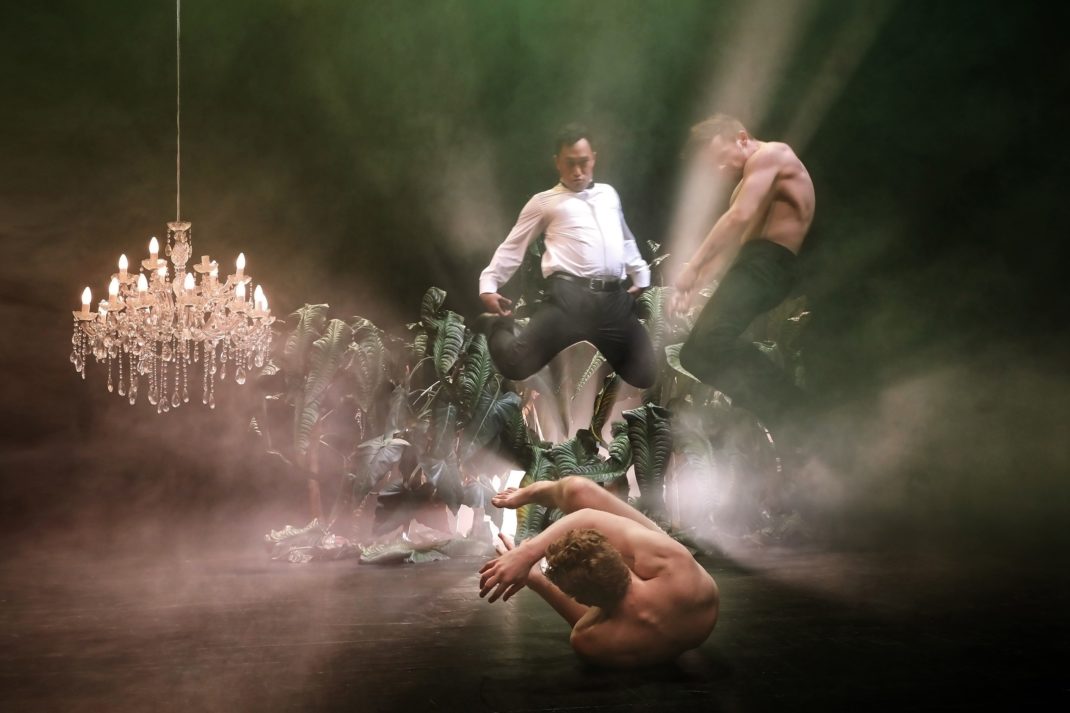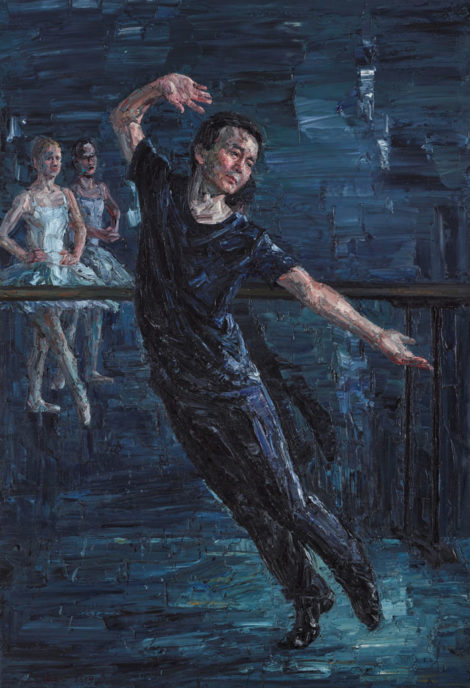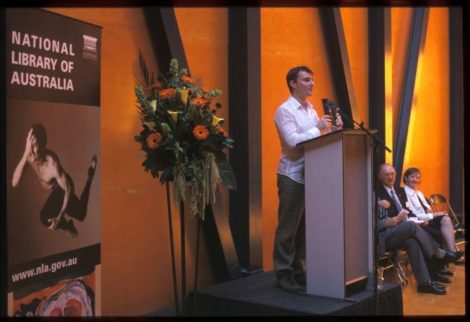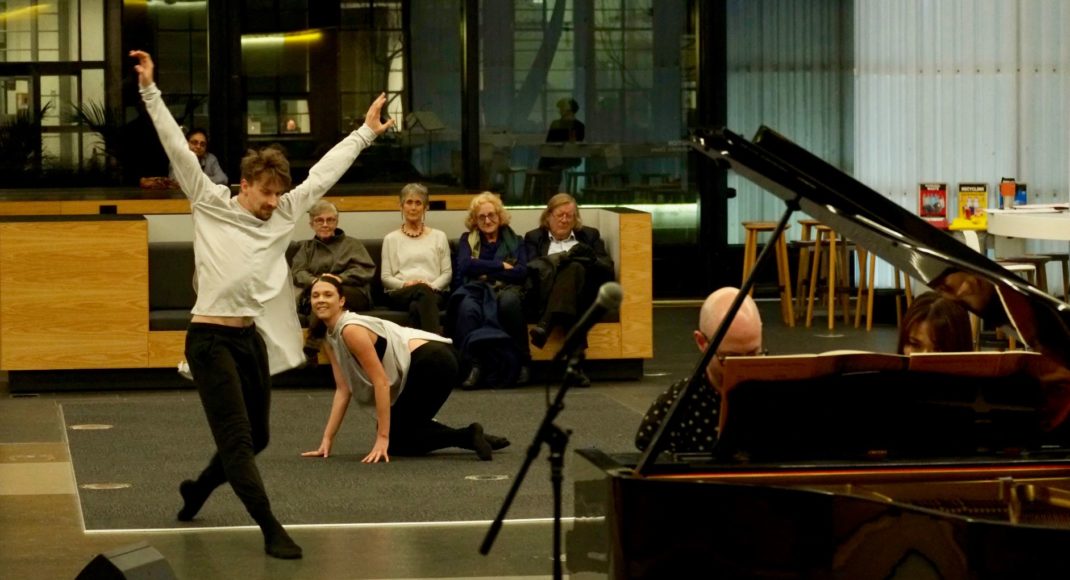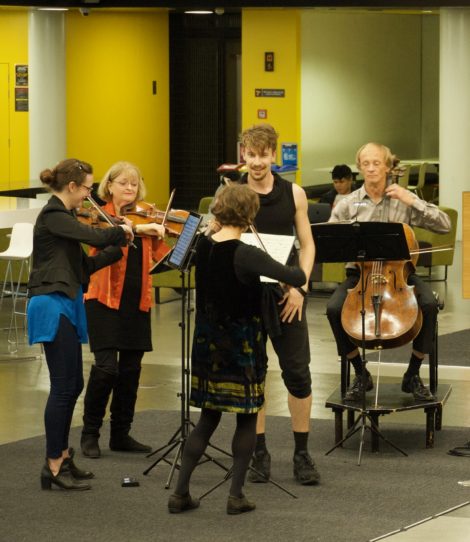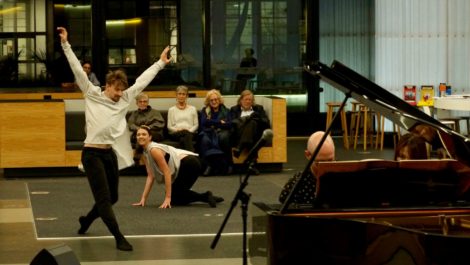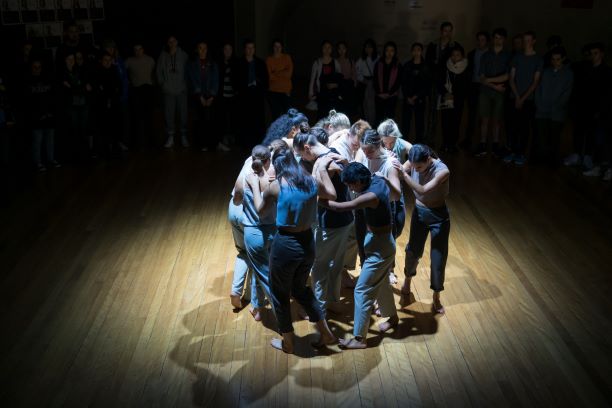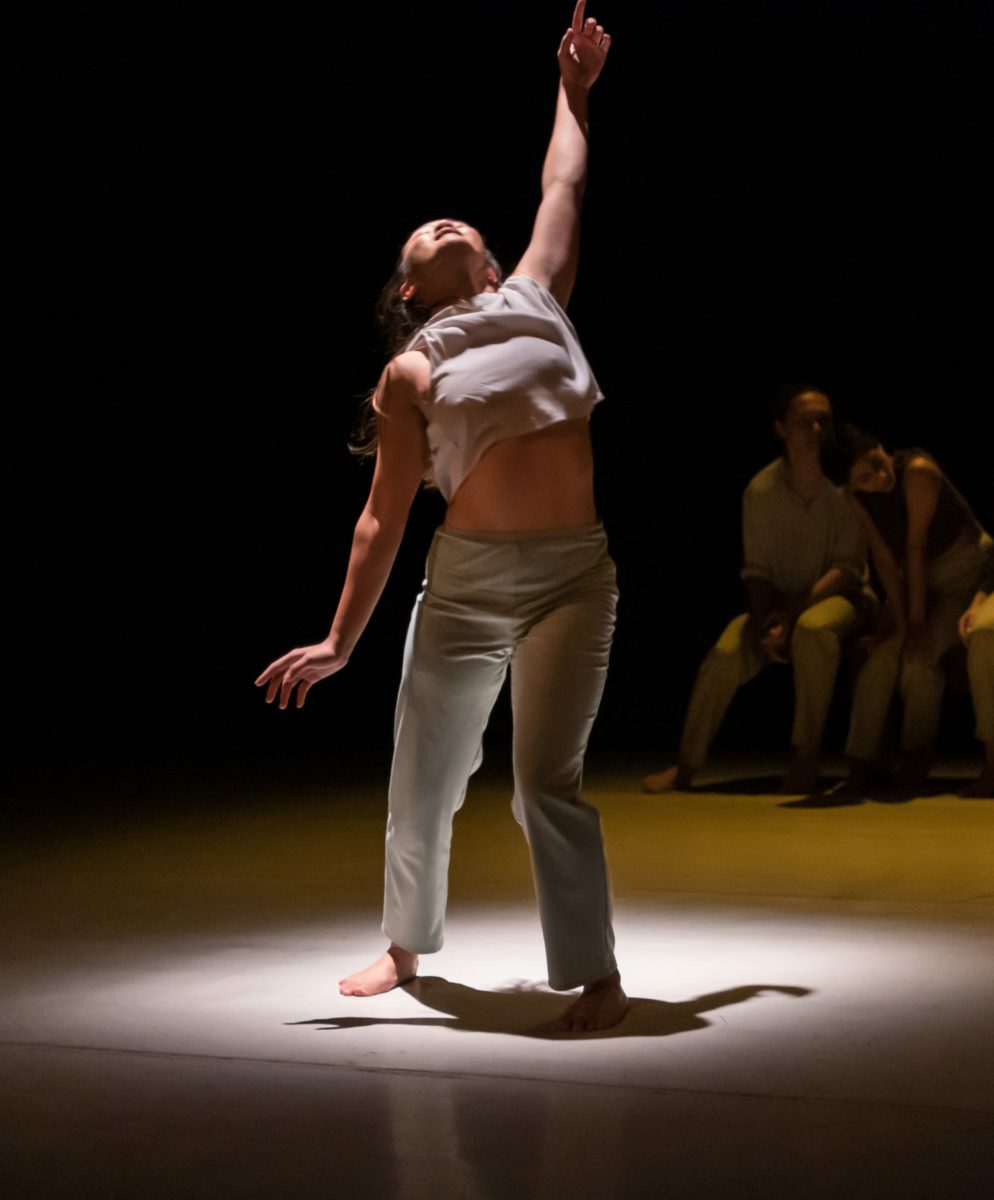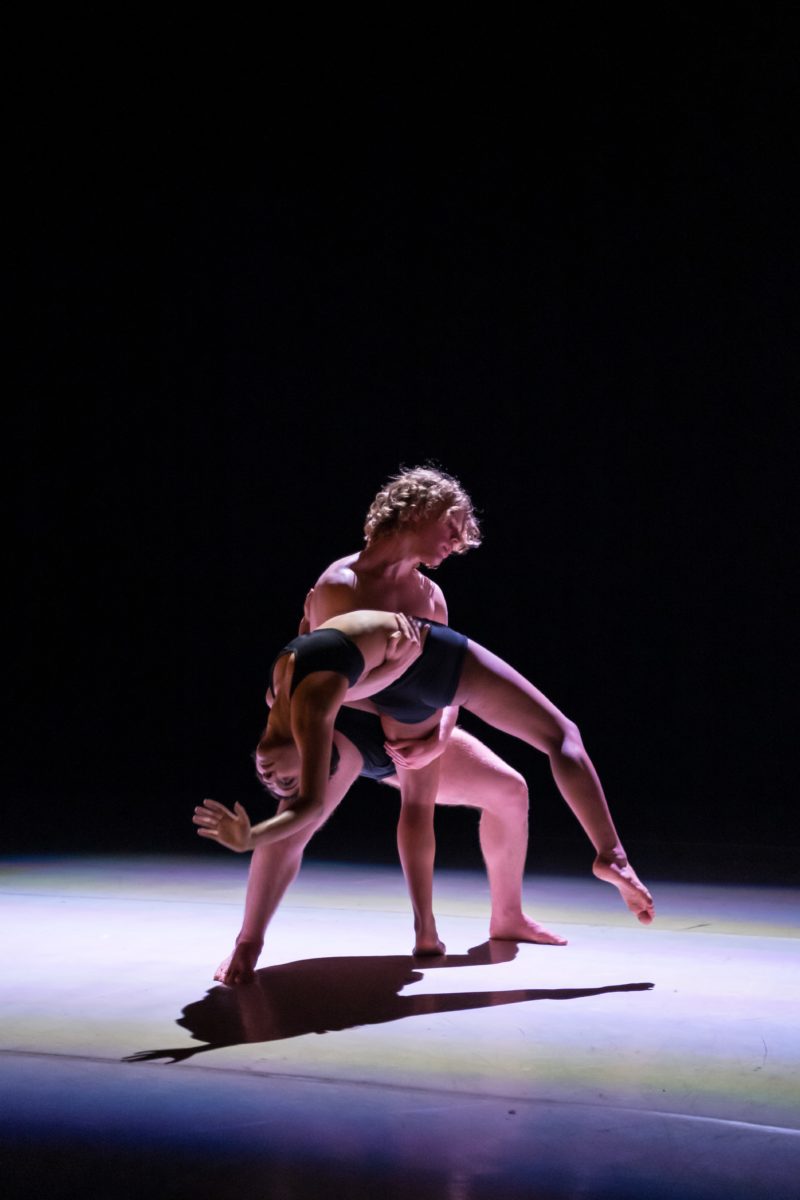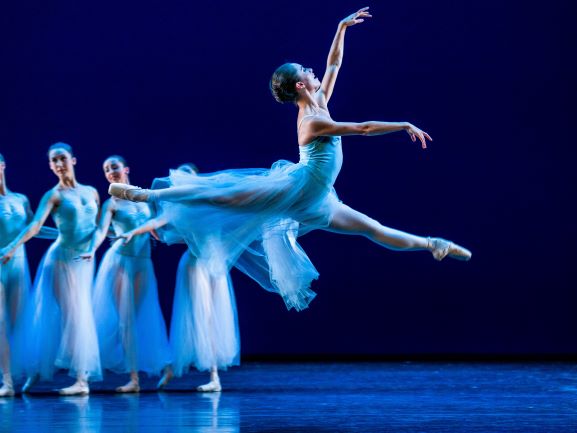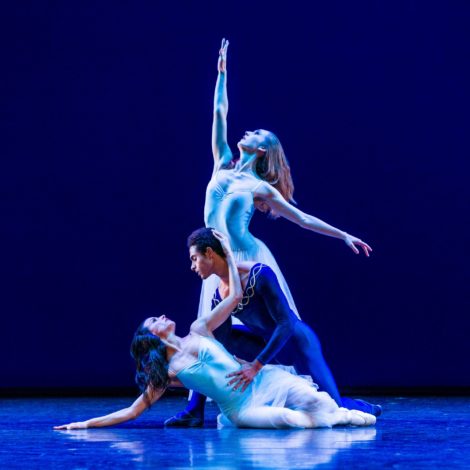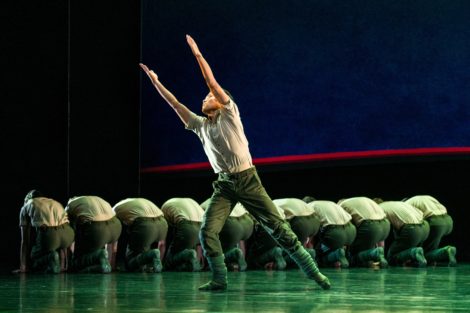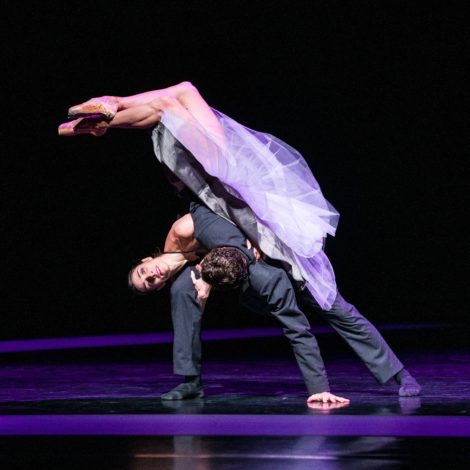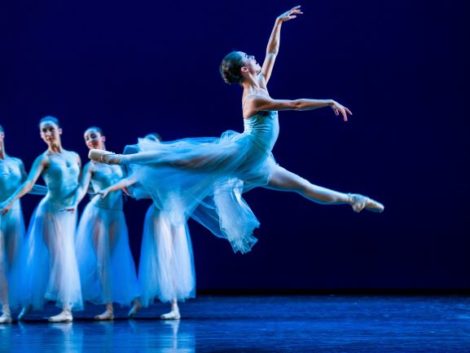31 May ̶ 2 June 2019, Opera House, Wellington
reviewed by Jennifer Shennan
Black Swan, White Swan is a two-act ballet by Mário Radačovský performed to a recorded abridged version of Tchaikovsky’s score. It borrows some themes from the classic Swan Lake but introduces new features and motifs in a re-working of the story that has Siegfried at its centre. The choreography plays out less as dramatic theatre working towards a denouement, or as a poem about love and grief, and instead presents a psychological profile of a man undergoing painful and confusing experiences in his life. In the opening performance in Wellington, the role of Siegfried, on stage throughout, with naturalistic movement, stillness and passages of dancing combined, was performed by Paul Mathews. His presence and thoughtful expression has an actor’s depth, while his intuitively musical dancing and strengths as a partner put him in a class of his own.
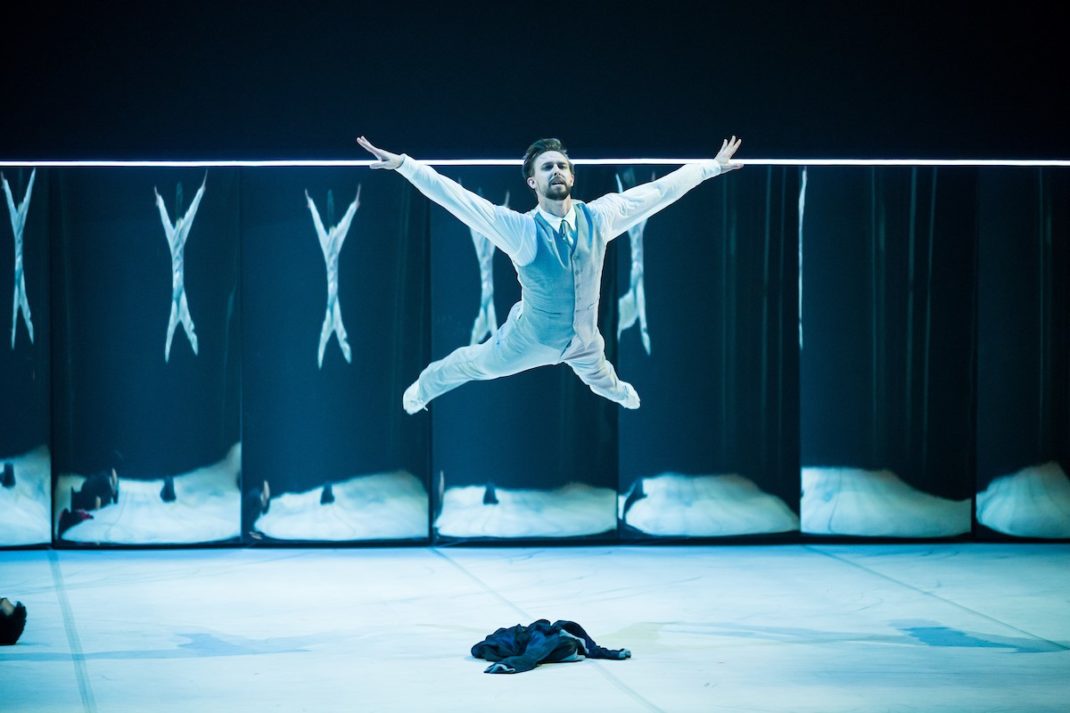
It may be worth reproducing here “The Story” from the printed program.
Act 1: On his birthday Siegfried receives devastating news. In his anguish, he sees a mysterious stranger, Von Rothbart. Siegfried’s wife has arranged a surprise birthday party, but he is not in the mood to celebrate. He collapses, and Von Rothbart returns. Von Rothbart begins to manipulate Siegfried’s emotions, including his feelings towards his wife, and he becomes confused, no longer able to distinguish between reality and fantasy. Siegfried tries to resist Von Rothbart and looks to his doctor for support. She becomes his White Swan and he becomes obsessed with her as the saviour who can bring him back to health and sanity. But Von Rothbart is not defeated.
Act 2: Siegfried struggles to regain his identity, but Von Rothbart has the upper hand. To further confuse him, Von Rothbart brings out Siegfried’s wife, transformed into the Black Swan, and no longer the woman that Siegfried knows and loves. The Black Swan toys with him and once again Siegfried has to fight to keep his grip on reality. As Siegfried fights harder and harder he finally begins to weaken Von Rothbart’s control, only to collapse once again. As Siegfried awakes, back at his birthday party, he has no idea what is real and what is not. But Von Rothbart is still there…
This conveys the situational rather than narrative or dramatic aspect chosen for choreographic treatment, with life for Siegfried much the same at the end as at the beginning. A clue in the program synopsis “As Siegfried awakes…” (I had not picked up that he was asleep) perhaps suggests the whole thing was his nightmare? There are effectively four soloists—Siegfried, von Rothbart (Kihiro Kusukami), White Swan (Sara Garbowski), Black Swan (Kirby Selchow). They all perform strongly but the three characters seem not required to interact with each other but only with Siegfried. Kusukami’s dancing is certainly striking and his evil force is sinister yet expressionless, giving him a two rather than three-dimensional impact, which reinforces his place within Siegfried’s psychological state. Kirby Selchow as Black Swan has a sparkling edge to her taunting of Siegfried. The dance highlight of the evening for me is the pas de deux between Siegfried and White Swan who has by now dropped her doctor’s coat and become his friend, enabling Garbowski and Mathews to dance with real rapport.
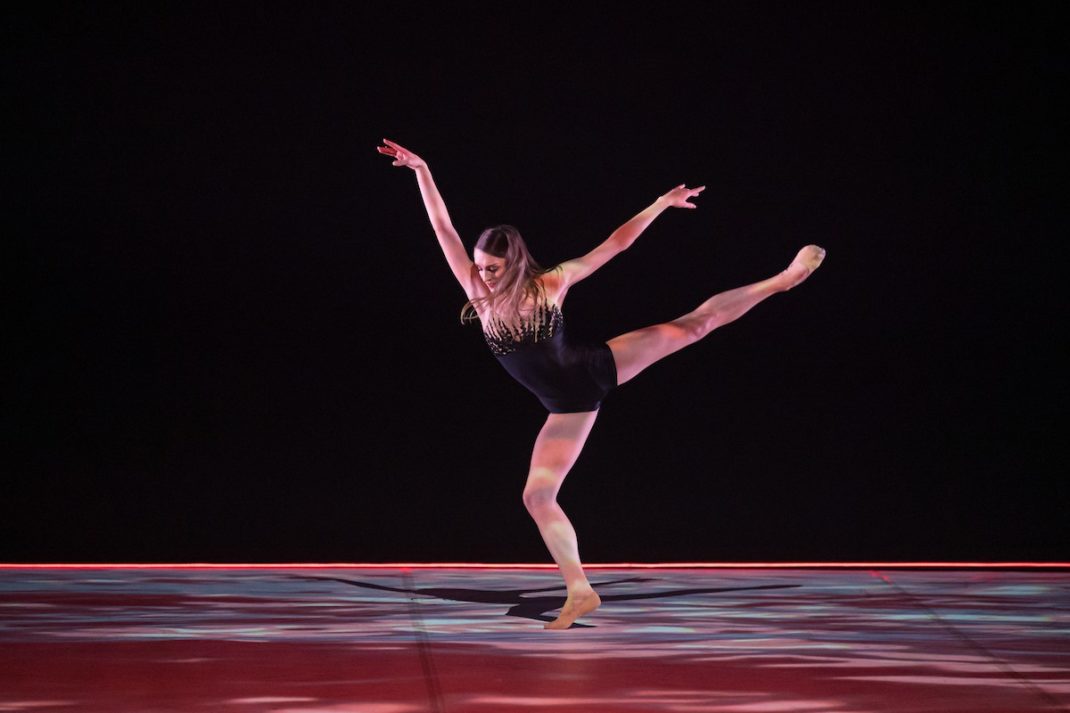
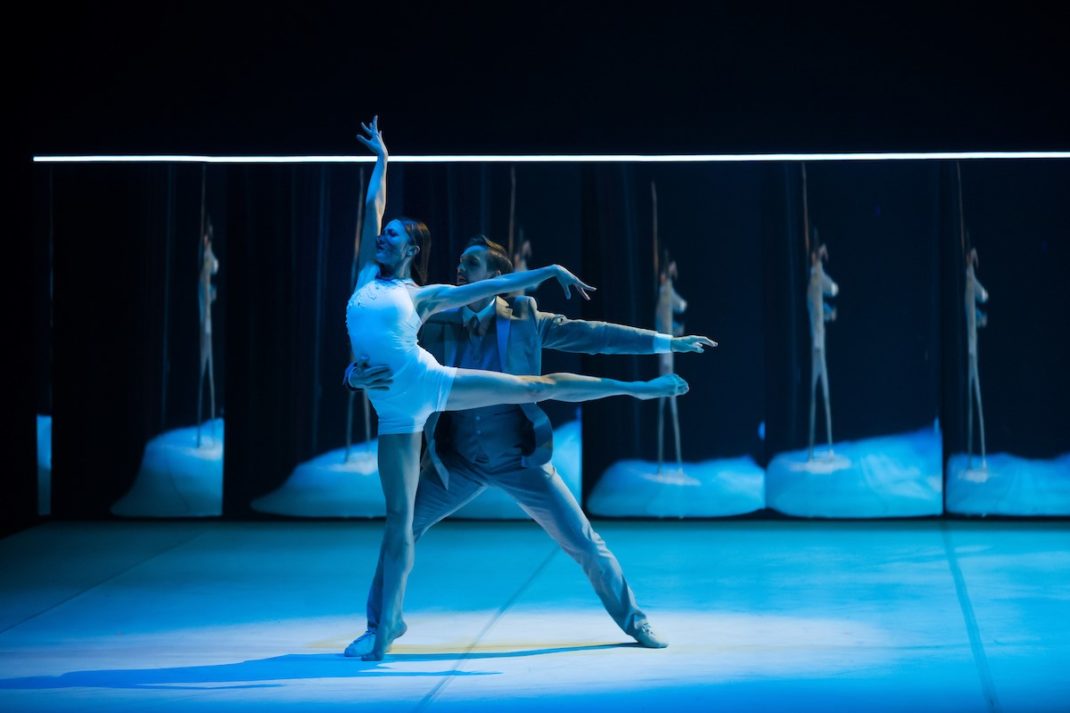
The large corps or chorus of dancers, some grinning, some blank-faced, a mix of party goers, nurses maybe, then swans, were given contemporary movement vocabulary, which reflected against the backdrop of shiny metal curtain strips used for entrances and exits. Twists and flexes of foot, turn-in, hooked hands at the end of raised arms to portray swan beaks, paddling legs to suggest swimming were gestures and motifs repeated to good effect. It seemed less convincing, however, when the Cygnets and Lead Swans danced.
My perception was that much of their dancing was shaded behind the beat, which is not musically what one expects with a Tchaikovsky score. (A similar tardiness among the corps was noted in the recent production of The Nutcracker). Musicality in a dancer involves anticipation of the beat and the note, much as a conductor does, so their movement can speak through the music. That work takes place in the studio on a daily basis, the light and lifeblood of ballet. Sometimes choreography allows dancers to create the illusion that their movement produces the music, dancing with rather than to it. To see that art and alchemy at work, watch a dancer like Paul Mathews.
The performance is peppered throughout with applause and calls that do nothing to sustain dramatic conviction, but it is not so long ago that the audience was invited ‘if you see us do something you specially like then clap, call out, stamp and let us know you liked it’. Audiences, mostly, do what you tell them so interruptions become part of the experience. Opera goers always applaud an aria, even if the singer’s character has just died, but this doesn’t happen in music concerts or at plays in the theatre, and it comes at a price, a bit like an ad break. Diaghilev and Stravinsky, Douglas Wright and Lin Hwai Min knew how to choreograph for the theatre without inviting, or even allowing, applause in fits and starts.
I was waiting and wondering how the themes might coalesce by the end, enjoying anticipation of that, but will confess I found the sudden dumping from a great height of a large bucket of water onto both Siegfried and von Rothbart, was a surprise ending more suggestive of The Wizard of Oz rather than the coup de theatre it might have been turned into. Further challenge to us to interpret the work as we will, which is no bad thing.
It is true of many of our experiences that perception is the filter of facts—nothing altogether black and white but that saying makes it so. Radačovský has presented that trope in a choreography that sincerely recreates his personal experiences some decades ago of cancer and associated trauma. It is good to know from his artist’s profile that he has recovered from the illness, though he has deliberately chosen to end this ballet at an unresolved point in the story.
Jennifer Shennan, 1 June 2019
Featured image: Dancers of Royal New Zealand Ballet in Mário Radačovský’s Black Swan, White Swan, 2019. Photo: © Stephen A’Court
